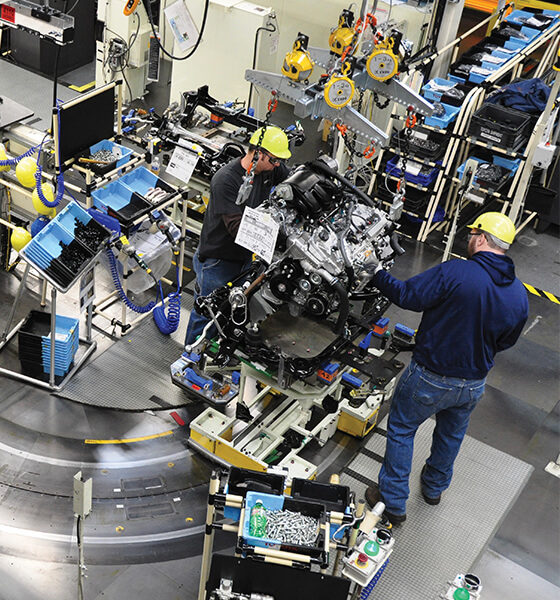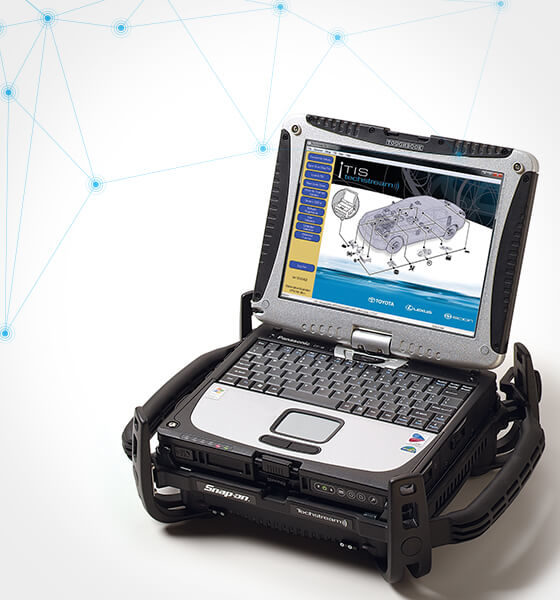
Collision Pros Magazine 2018 | ISSUE 2
Repairing to OEM Standards Too Great to Ignore
Recent events in the collision repair industry have caused us all to stand up and take notice. Whether you’re an owner, operator or technician in a collision repair facility, the need to follow OEM repair procedures has become too great to ignore.
YOUR SHOP BEARS RESPONSIBILITY FOR REPAIRS
Gone are the days of body shops caving to insurers’ requests to reduce expenses by not following OEM repair procedures. Safety is the number one priority in returning a vehicle to its original factory standard. Insurance and accident investigators try to determine liability after any collision. The key questions are: Was the vehicle involved in a prior collision? If so, who repaired the vehicle? Did they repair it to OEM standards following OEM procedures? The bottom line: If a shop improperly repairs a vehicle and the structural integrity is compromised, the shop could bear responsibility for improper repairs.
Live up to your image. Your customer’s safety and your shop’s reputation are on the line every time you repair a vehicle. To ensure you’re restoring a vehicle to pre-accident condition use Toyota’s resources like Technical Information System (TIS) and Techstream software, and be sure to follow all of Toyota’s repair procedures.
ALWAYS FOLLOW OEM REPAIR PROCEDURES
To ensure that a repair is properly performed, the vehicle must be scanned with an OEM scan tool and OEM repair procedures must be followed. If you’re a shop manager, you need to make sure that your technicians aren’t cutting any corners. Everyone who touches a vehicle has responsibility to ensure that OEM repair procedures are always followed.
YOUR RESPONSIBILITY CONTINUES FOR THE LIFE OF THE VEHICLE
Your lawful responsibility continues no matter how many times ownership is transferred. Many shops state that they warranty the repair only to the person who owns the vehicle at the time. However, if you repaired it, you may be legally responsible for it no matter how many times the vehicle changes ownership. Ensure that your shop follows OEM standards with every repair and every vehicle. If your customer’s safety is your highest priority, you’ll help protect your customer and your business.
For more information, refer to CRIB # 2016-191 in Toyota Technical Information System (TIS) http://techinfo.toyota.com.



